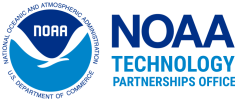Small businesses competed for in-depth feedback at the NOAA Commercialization Assistance Workshop
The NOAA Small Business Innovation Research (SBIR) Program recently hosted the NOAA SBIR Commercialization Assistance Workshop on October 26-27 in Washington, D.C. Throughout the two-day event, SBIR grant recipients showcased technologies that they developed with seed funding support from NOAA.
The workshop was the culmination of the 2-year NOAA SBIR Commercialization Assistance Program, or CAP, provided to SBIR Phase II grant recipients. The two-day event focused on building partnerships and encouraging meaningful conversations between industry and finance experts and SBIR-funded entrepreneurs.
The program was developed under contract by the Larta Institute and featured keynote remarks from Larta founder and CEO, Rohit Shukla, and Derek Parks, Deputy Director of the NOAA Technology Partnerships Office.
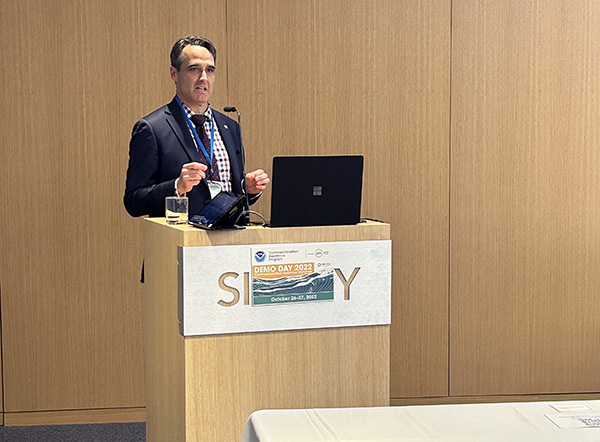
The highlight of the Workshop was a series of 5-minute business pitches, presented by 16 current NOAA SBIR awardees. Each presentation was evaluated by a panel of judges who have industry expertise, knowledge of commercialization pathways, and subject-matter expertise related to NOAA’s mission areas. Judges asked questions about the companies’ commercialization challenges, goals, and program deliverables, and offered presenters individualized feedback focusing on the following criteria:
- Is the technology or application achievable?
- Are the target customers well-identified?
- Is there a viable work plan for short and medium-term goals?
- Does the company have a good understanding of their product vs. the competition?
- Does the company have a good sense of funding needs and do they present a plausible fundraising plan?
- What are the core competencies necessary to commercialize or grow?
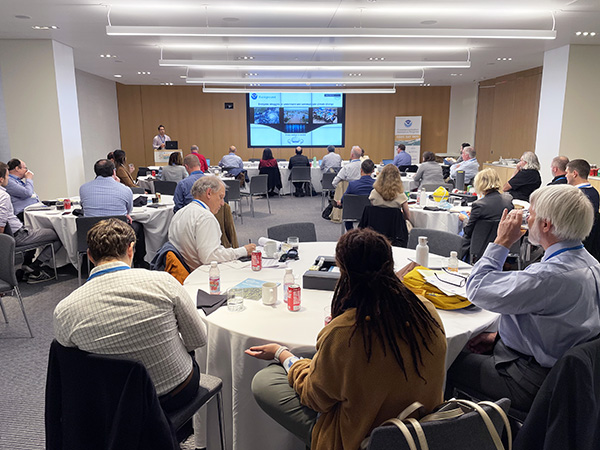
Based on the highest overall scores, judges selected two finalists to provide more detailed presentations of their technologies and commercialization strategies. Each company received extensive feedback and guidance from judges, industry experts, Larta Institute Principal Advisors, and NOAA program and technical experts. Judges provided input on the company’s business model, value proposition, exit strategy, go-to-market plan, IP strategy, and capital strategy. The finalists were Blue Ocean Gear Inc., based in Redwood City, California, and TCarta Marine LLC, based in Boulder, Colorado.
Blue Ocean Gear showcased their SBIR-funded Farallon Smart Buoy System, which allows commercial fishing fleets to monitor the location and movement of deployed fishing gear. This low-cost, reliable, smart buoy system helps fisheries operate smarter by using data from the field to locate gear and detect unusual behavior, even in adverse weather. Blue Ocean Gear is the first to market with this type of technology, and they have shipped over 700 buoys to their customers within the last 18 months. This year, Blue Ocean Gear was accepted into the Gulf Blue Navigator Program, which supports startups with direct-market access to customers and partners.
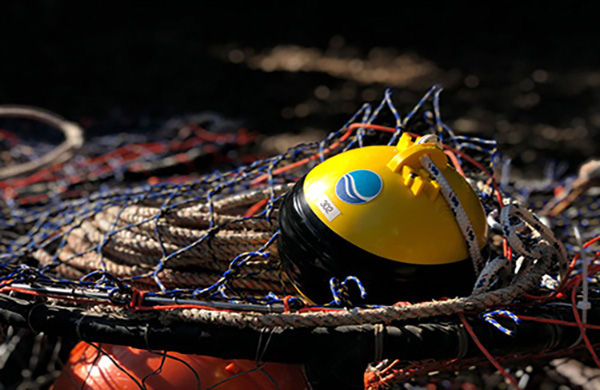
TCarta Marine’s presentation featured their satellite-based hydrographic mapping technology, which offers a more precise alternative to traditional hydrographic airborne surveys at 10 percent of the cost. Their technology requires no mobilization, reduces environmental risk, and is highly repeatable and scalable. This year, TCarta was accepted into the National Geospatial Intelligence Agency Accelerator Program, which is designed to fund, mentor, and accelerate the growth of next-generation geospatial technology startups. Their NOAA SBIR funding has allowed the company to scale up and hire four additional employees.
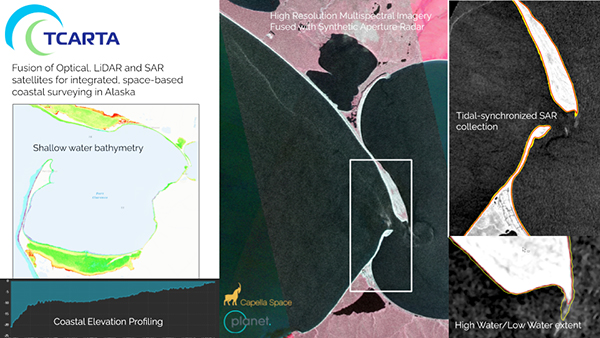
The primary goal of the NOAA SBIR Program is to empower small businesses to develop and commercialize innovative technologies that are related to NOAA’s mission. Visit the NOAA SBIR Program website to view additional information about the program, read about other NOAA SBIR successes and available technologies, and sign up to receive email updates on upcoming funding opportunities.
Note: Any reference obtained from this website to a specific company, product, process, or service does not constitute or imply an endorsement by NOAA.
Published on November 22, 2022
Media contact: suzi.webster@noaa.gov

